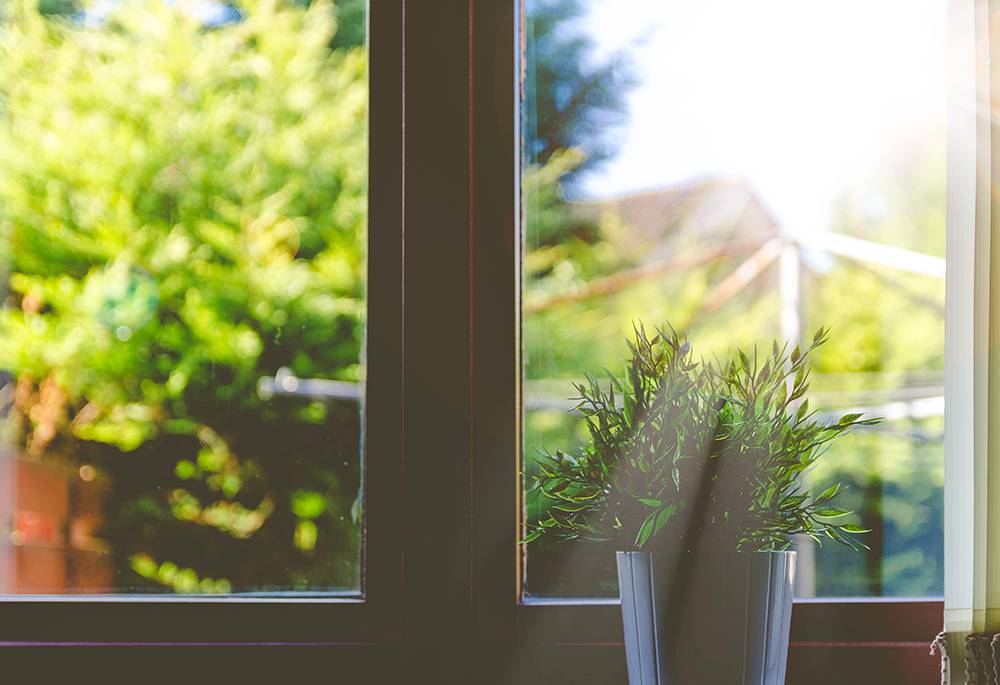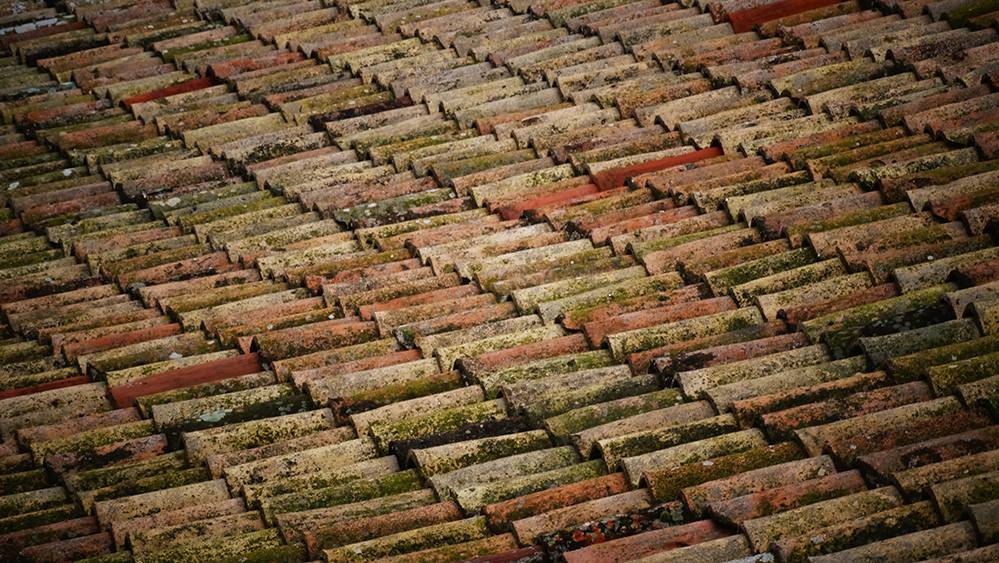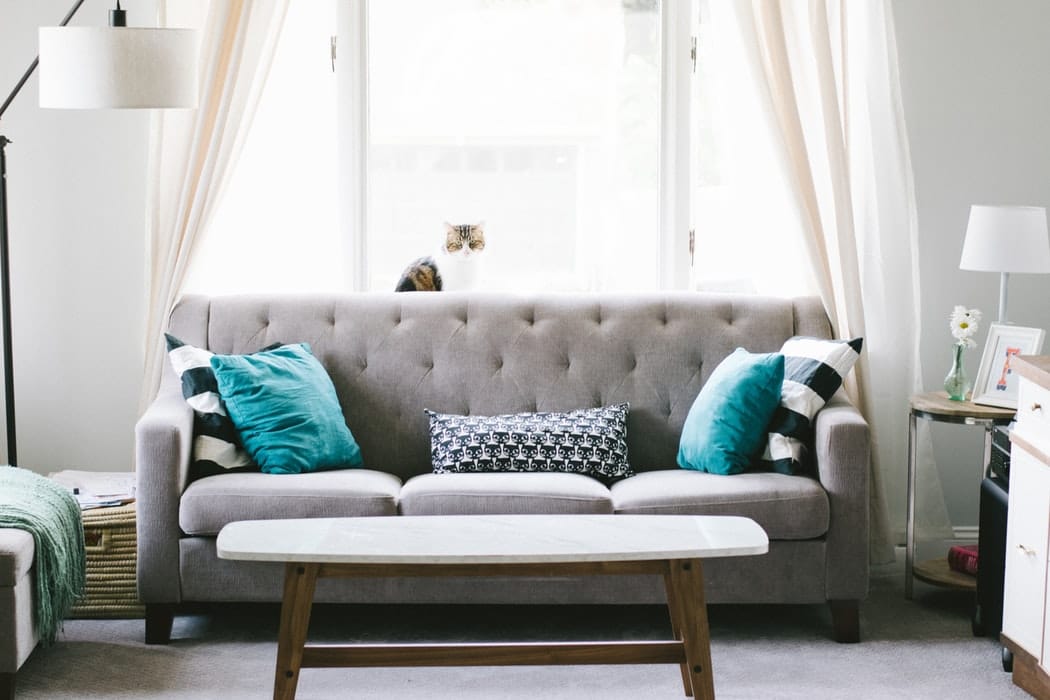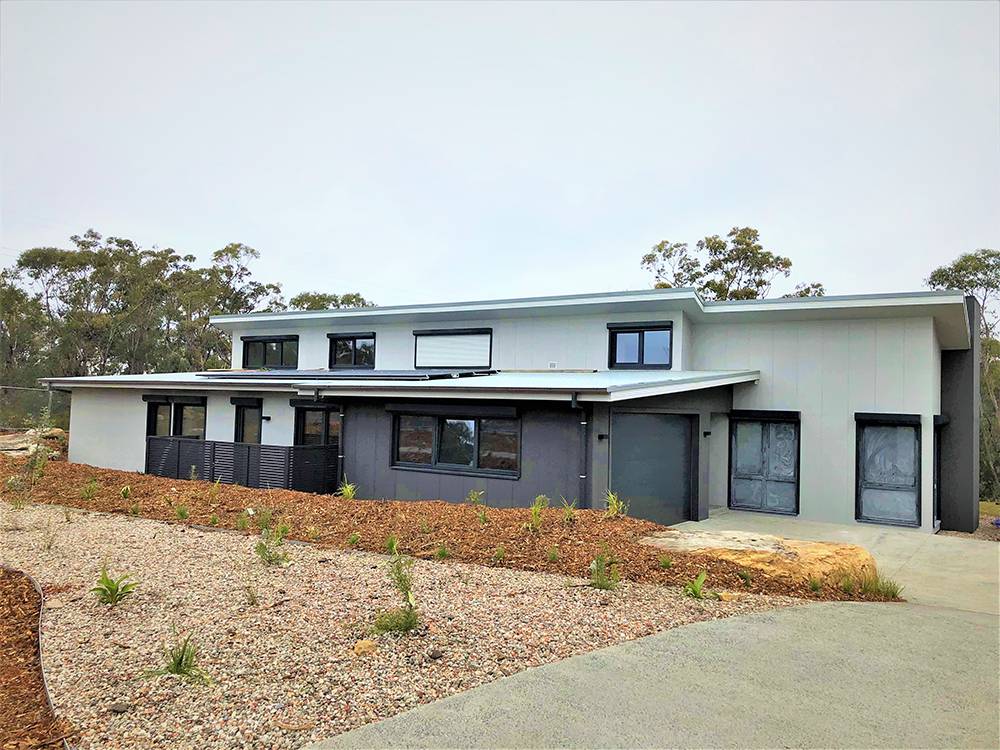While Australians have a worldwide reputation for enjoying the great outdoors, most of us still spend a staggering 90 per cent of our time indoors, potentially exposing us to a range of hazards.
The Australian Department of Environment and Energy explains that because dwellings have become better sealed from the outside world, pollutants being released from indoor sources are being found at higher concentrations. Its online “Indoor Air” information bulletin reveals poor inside air quality can result in “significant adverse impacts on our health and environment”.
“The health impacts of many chemical components in building materials are not well understood,” the Department reveals. “Many chemicals present in indoor air environments have not been thoroughly tested and little is known about their long-term health effects.”
The Department says the term “sick building syndrome” (SBS) describes an excess of chronic health symptoms. Short term symptoms may include irritation of the skin, eyes and throat; with headache, drowsiness and general irritancy also indicators of SBS.
“Long term symptoms such as cancer and respiratory disease may be caused by long term, periodic exposure to chemicals such as formaldehyde and microscopic fibres such as asbestos,” the Department warns.
The Australian Government’s Your Home website highlights major sources and health impacts of various pollutants that may be found in Australian homes (see below table) and provides detailed advice on how to protect your health.

Caption: Various pollutants may be found inside Australian homes.
Photo by Adeolu Eletu on Unsplash
| Pollutant | Major source(s) | Health effects |
| Nitrogen dioxide | Gas combustion | Chronic respiratory disease |
| Carbon monoxide | Kerosene, gas and solid fuel combustion, cars idling in enclosed garage, cigarette smoke | Aggravation of cardiovascular disease, poor foetal development |
| Formaldehyde | Pressed wood products, consumer products, hobby, crafts | Eye, nose and throat irritation |
| Volatile organic compounds (VOCs) | New building products, cleaning products, office equipment, consumer products | Eye, nose and throat irritation, headache, lethargy |
| Passive smoke | Tobacco smoking | Eye, nose and throat irritation, aggravation of asthma, chronic respiratory disease, lung cancer |
| House dust mite allergens | Dust mites in bedding, carpets, furniture | Aggravation of asthma, nasal inflammation, eczema |
| Mould spores | Bathrooms, damp rooms, windowsills, indoor plants, poorly ventilated areas | Aggravation of asthma, nasal irritation and inflammation |
| Lead in indoor dust | Pre-1970s paint, hobbies and renovations | Poor childhood intellectual development |
Certified Building Biologist Joachim Herrmann says the level of pollutants from single sources may not pose a major risk to health but the majority of homes have multiple sources that add to indoor air pollution. He says it is the cumulative effect of these that can cause issues in many homes.
“People tend to work on their fitness and diet but often they don’t think of their home and its impact on their health,” says the indoor environment specialist.
“Formaldehyde on its own might not compromise your immune system but if you also have a mould issue, that could tip you over the edge and make you unwell.
“People exposed to indoor pollutants for the longest periods of time are often those most susceptible to the adverse effects such as the young, the elderly and the chronically ill, especially those suffering from respiratory or cardiovascular disease.”
Thankfully there are ways to create a healthier home. Outlined below are two common indoor pollutants and advice on reducing them.
Mould:
Mould spores are microscopic and are everywhere but if they find ideal living conditions – warm, moist and dark – spores will settle down and reproduce, Herrmann explains.
“Your risks increase, particularly at night when you could potentially be breathing in tens of thousands of mould spores,” Herrmann says. “You need to take their living conditions away. As soon as you close the windows your risks increase.”
Caption: Mould spores are microscopic and can be found inside and outside our home.
Photo by Benjamin Grull on Unspash
Herrmann’s key tips for preventing mould:
- Have as much airflow as possible in your home’s subfloor. This can include putting holes in the sheeting or bricks. Installing a mechanical subfloor ventilation system is ideal.
- Ensure adequate ventilation inside the house. In a conventional house in winter, warmth escapes when you open the windows. A Passive House has controlled ventilation which allows you to leave the windows closed if you prefer – letting the ventilation system do the air filtering work far more effectively.
- Check if your walls have rising damp (when water from the ground rises up through the bricks and mortar of a building). You may need a new or improved damp course.
- Make sure your gutters and storm-water drainage are working well or water from full gutters can overflow into the eves and down the wall cavities.
- It’s best not to use unflued gas heaters. Not only are you breathing in fumes, they result in water condensing on the walls and windows, in turn producing mould and other toxic gases.
- Use a HEPA vacuum cleaner. Your carpet can create an ecosystem including dust mites, bacteria and fungi. If you don’t use a HEPA filter, microscopic mould spores that are sucked up by your vacuum cleaner are then blown out the other end into your rooms.
- Don’t just wipe off the visible mould or use highly toxic chlorine – you’re just scratching the surface – not removing the spores or the source of the problem. If you have a mould or dampness problem, consider consulting a building biologist or a mould specialist. It’s also a wise idea to call a builder who can identify and rectify any structural problems that are contributing to dampness or existing mould problems.
Volatile organic compounds (VOCs)
VOCs are chemicals containing carbon that evaporate into the atmosphere at room temperature – also known in general terms as ‘solvents’. Our Home explains they often have an odour and are in a variety of household products (e.g. paints, varnishes, adhesives and synthetic fabrics), building materials and new furnishings.
The Australian Government advises the best way to lower exposure in the home is to stop or reduce the use of products that contain VOCs or ensure adequate ventilation if you do have to use it – opening doors and windows whenever you can.

Caption: Volatile organic compounds are found in a variety of new furnishings.
Photo by Nathan Fertig on Unsplash.
Air fresheners, cleaning sprays, fragrant candles, polishes, spray deodorants and other toiletries are major sources of VOCs and should not be used excessively in non-ventilated areas.
Building products are another source of VOCs. Our Home recommends when selecting products you should:
- Look for those that are pre-dried in the factory or are ‘quick-drying’.
- Use surface coating products that are water based or classed as containing zero or low levels of VOCs.
- Seek advice from the supplier or manufacturer, particularly if the information displayed on the container is not clear. Ask for the product’s material safety data sheet (MSDS).
- When adding new furnishings or resurfacing walls and floors, ensure rooms are fully ventilated until the odour reduces considerably or disappears.
Our Home says most modern furniture is solely or partly made from plywood, particleboard or medium-density fibreboard (MDF), with the resins in these products often off-gassing the organic compound formaldehyde for many years.
“Australian manufacturers produce low emission products: they are marked low formaldehyde emission LFE (E1) or LFE (E0) and their emissions are certified through product quality assurance programs,” the website says. “Some imported products may have high emission levels. Check the origin and emission class with your retailer or contact the Australian Wood Panels Association.”
Herrmann says there have been welcome improvements in the Australian building industry over time including the introduction of regulations that have reduced the levels of lead in paint to almost zero (0.1%).
“Having low VOCs in paint has also been a huge development,” he says. “In an ideal world it would be good to use clay-based or plant-based paints that don’t use VOCs at all. In Europe paints must be free of VOC in production, use and removal.
“If you are building or renovating, it’s wise to seek out a builder who uses low-toxic materials and products. For me the most rewarding thing is to be involved in the building of a new house. I feel so sorry for people who put so much money into their house and only when it is completed, they think about the health impacts and ask ‘why are we so low in energy or so allergic?’”
Check out a healthy, sustainable home .

Blue Eco Homes has built a new Certified Passive Home which incorporates as many low toxin products and materials as possible and features a mechanical ventilation system that filters air around-the-clock. It has also been awarded the Healthy House Australia Certification.
Our new Certified Passive Home will be open to the public on Saturday, 7 September as part of the Bushfire Building Community Day.
(Insert link: https://bushfireconference.com.au/community-day/) To register please visit the Blue Eco Homes stand at the Bushfire Building Community Day at The Hub in Springwood. Our open house tour will be at 2pm.
We will also be opening the doors to the Certified Passive House on Sustainable House Day, Sunday 15 September. Visit our Facebook page @blueecohomes (insert link: https://www.facebook.com/blueecohomes/) to book into 1 of 3 tours throughout the day to see the home and have Joe explain the features, energy efficiency and health benefits of this home.
For more information please contact Blue Eco Homes’ Merylese Mercieca on 02 4754 5608 or email merylese@blueecohomes.com.au

References:
Indoor Air, Australian Government Department of the Environment and Energy
https://www.environment.gov.au/protection/air-quality/indoor-air (viewed 11/8/19)
The Healthy Home, Your Home: Australia’s guide to environmentally sustainable homes, The Australian Government.
http://www.yourhome.gov.au/housing/healthy-home (viewed 18/8/19)
